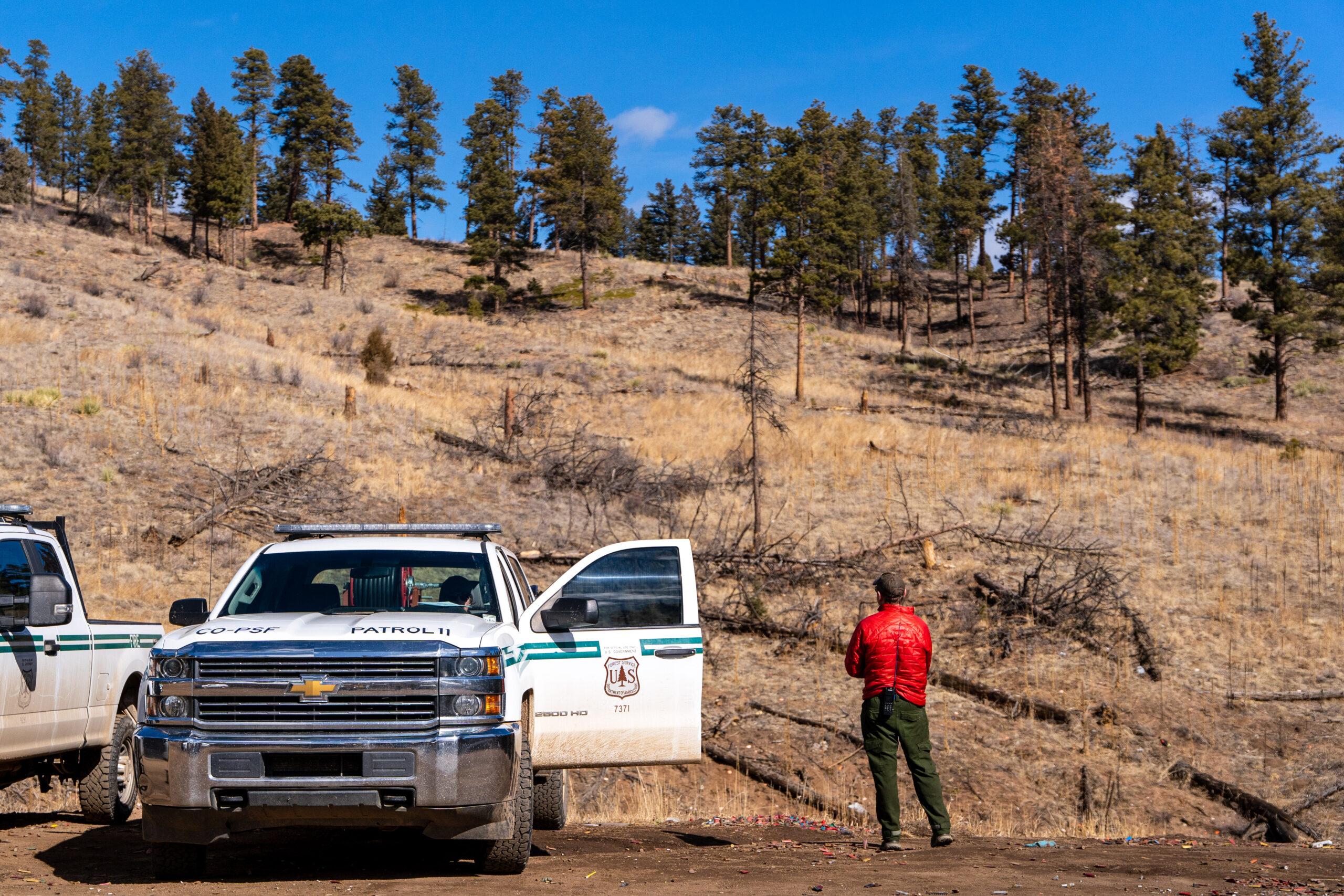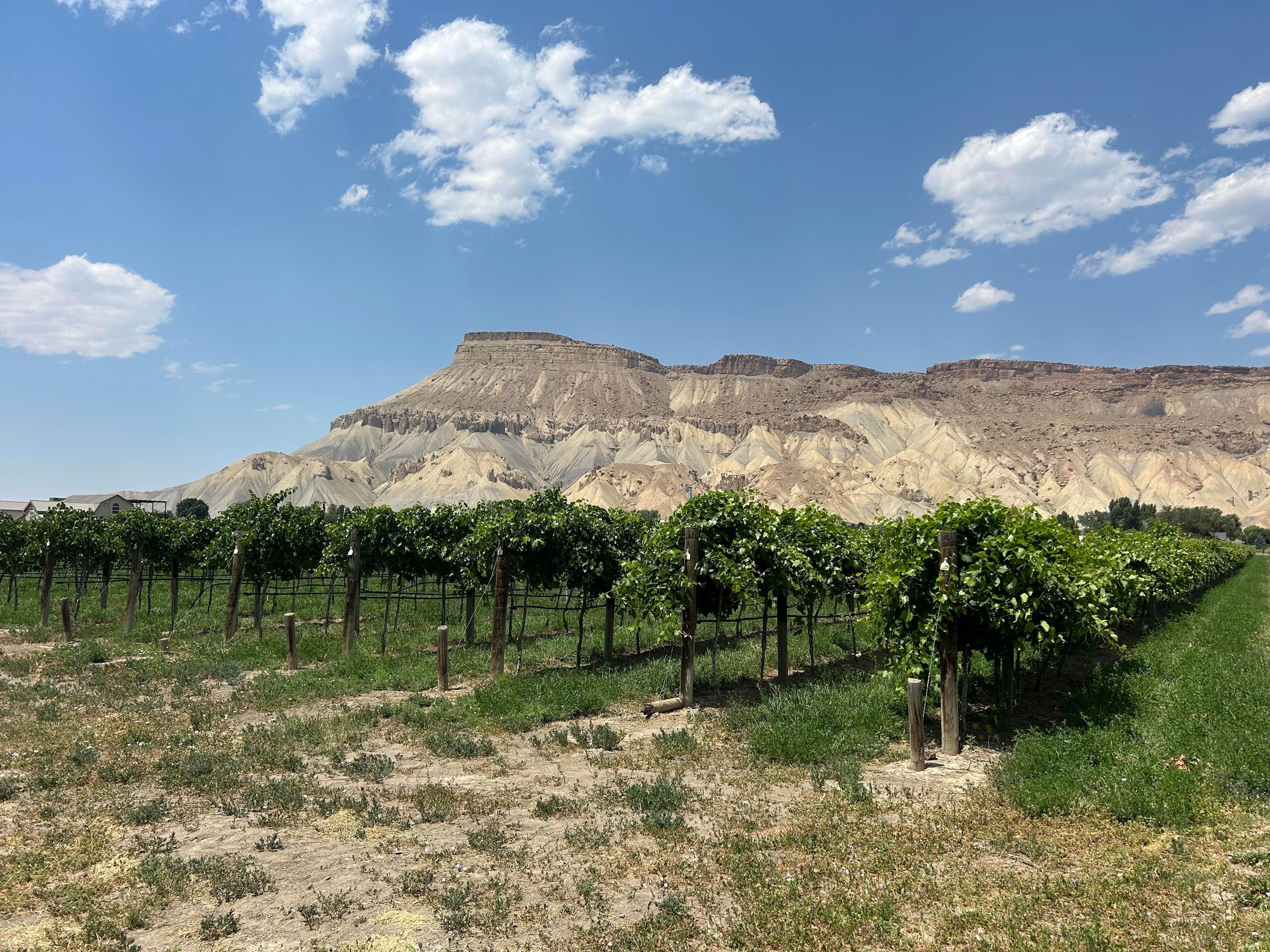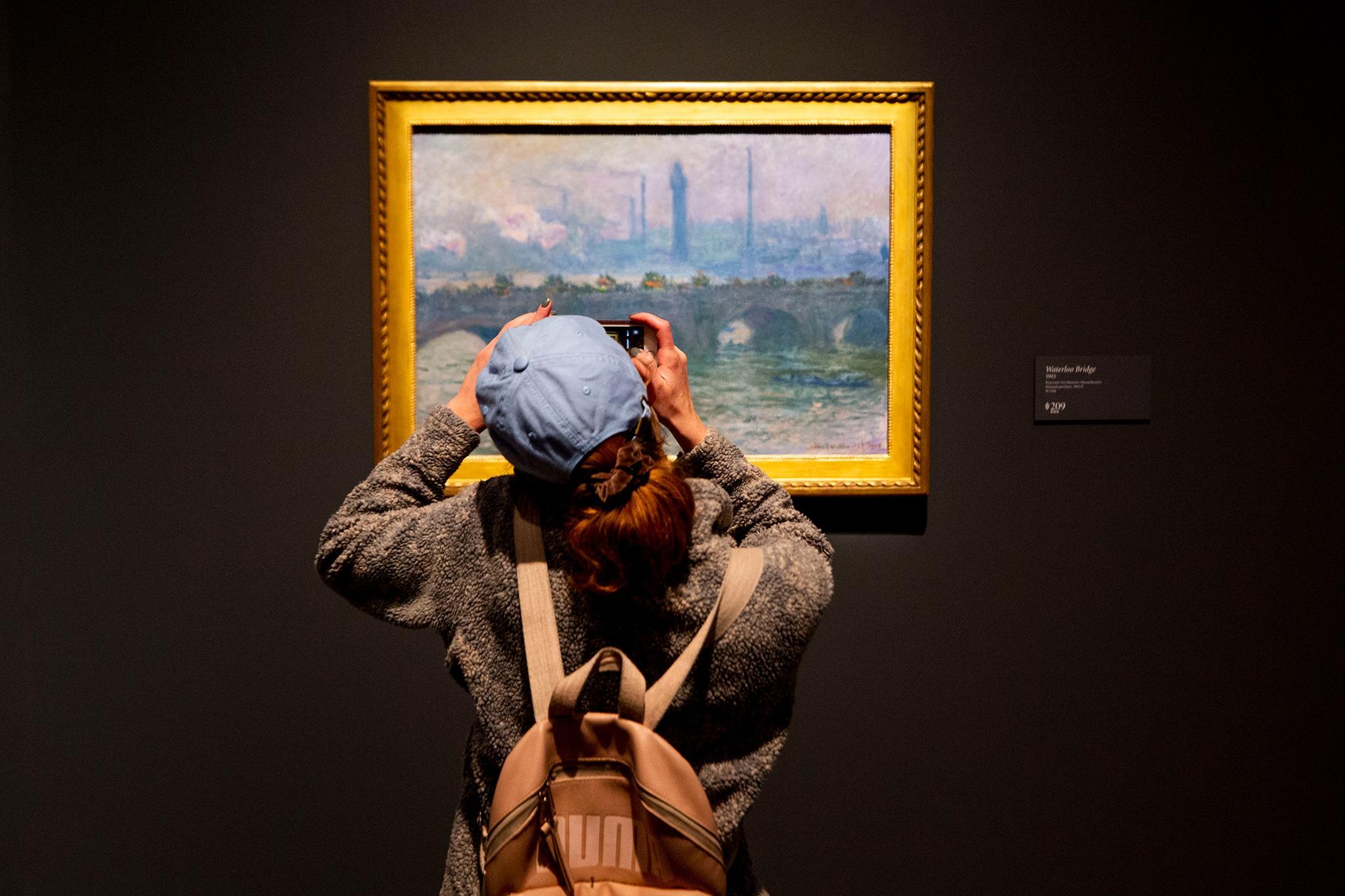
Updated at 9:20 a.m. on Nov. 6, 2025.
Denver metro’s cultural scene is still recovering from a pandemic-era attendance slump. But economic activity is increasing, and the arts sector continues to contribute a significant portion of the state’s economy.
In 2024, money spent in seven metro area districts contributed $3.12 billion to the local economy. Cultural attendance also outpaced professional sports attendance by nearly threefold.
“Combined attendance at Rockies, Broncos, Nuggets, Avalanche and Rapids reached only 4.9 million,” said Meredith Badler, deputy director of the Colorado Business Committee for the Arts. “That is a third of our cultural attendance.”
The findings were presented on Thursday by the Colorado Business Committee for the Arts (CBCA), which collects data for a biannual Economic Activity Study of Metro Denver Culture. The data is then turned into a comprehensive study by BBC Research & Consulting.

The study surveys nearly 300 arts, culture and scientific organizations that are part of the Scientific and Cultural Facilities District (SCFD), which is funded by use and sales taxes. The SCFD tax district spans Adams, Arapahoe, Boulder, Broomfield, Denver, Douglas and Jefferson counties (excluding the towns of Castle Rock and Larkspur in Douglas County, which opted out of joining the district).
When analyzing the economic activity in the SCFD area, Badler said certain income is especially valuable.
“Perhaps the most valuable dollars are those that enter our region from outside of the seven (SCFD) counties,” said Badler. “Those are dollars that are not already in our pockets.”
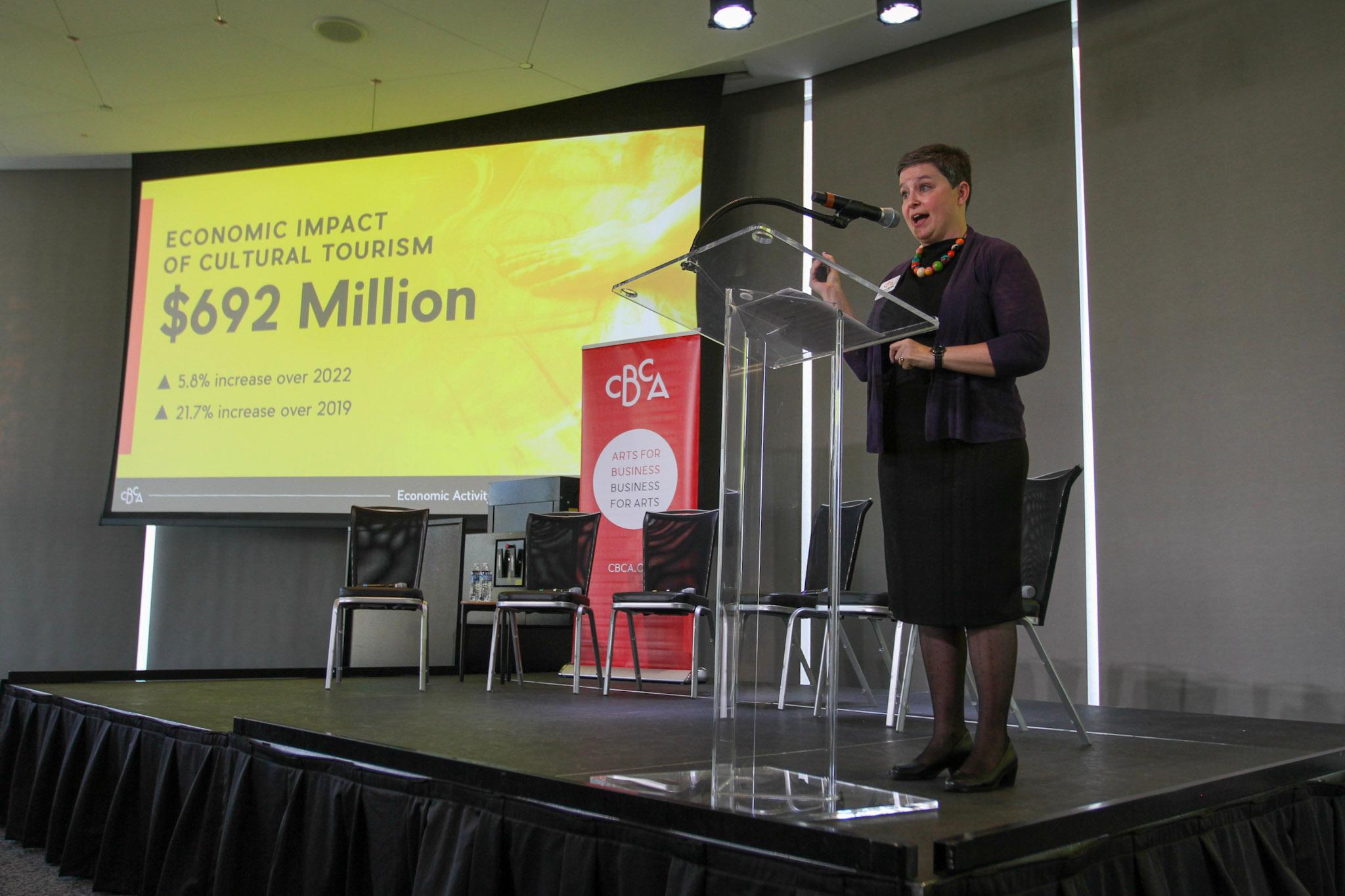
$692 million of the total $3.12 billion generated in 2024 came from cultural tourism. Moving forward, Visit Denver and other partners hope to increase this revenue.
“Our own population, as well as around the country, don't yet know what an arts Mecca Colorado is,” said Betty Hart, president of the Colorado Theatre Guild. “That’s what excites me and concerns me.”
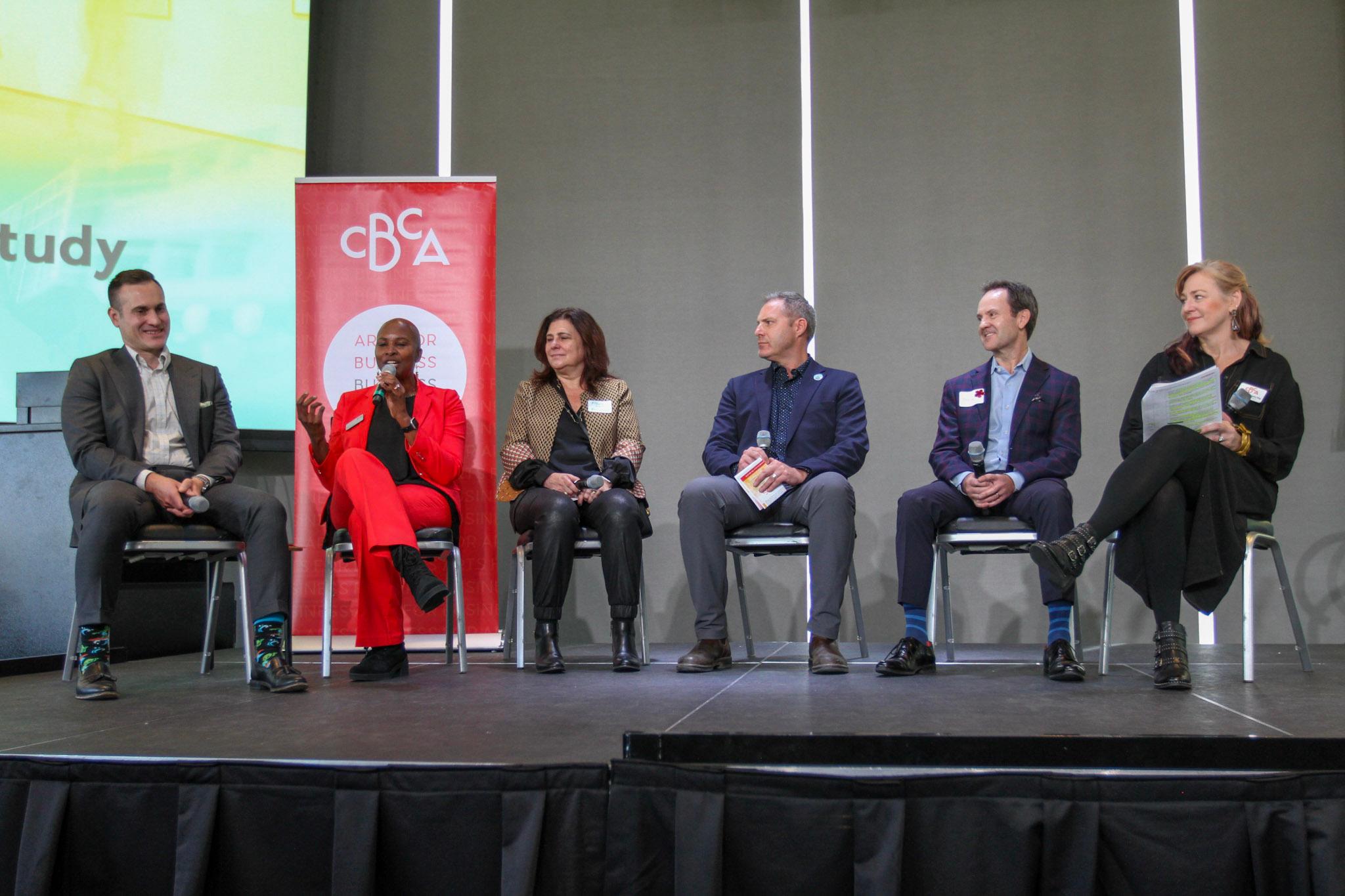
The CBCA’s 2025 study, which uses data from 2024, investigated how cultural organizations have fared post-pandemic and how they affect Colorado’s GDP.
“The latest data demonstrates how the nonprofit cultural sector continues to contribute to the economic growth of the Metro Denver region,” said Christin Crampton Day, executive director of CBCA, in a statement. “Despite this growth, some areas still lag pre-pandemic levels, including in-person attendance, showing the number of engagements is still behind 2019 by 5%."
Crampton Day said bright spots show growth in jobs, cultural tourism and education outreach – especially for young audiences.
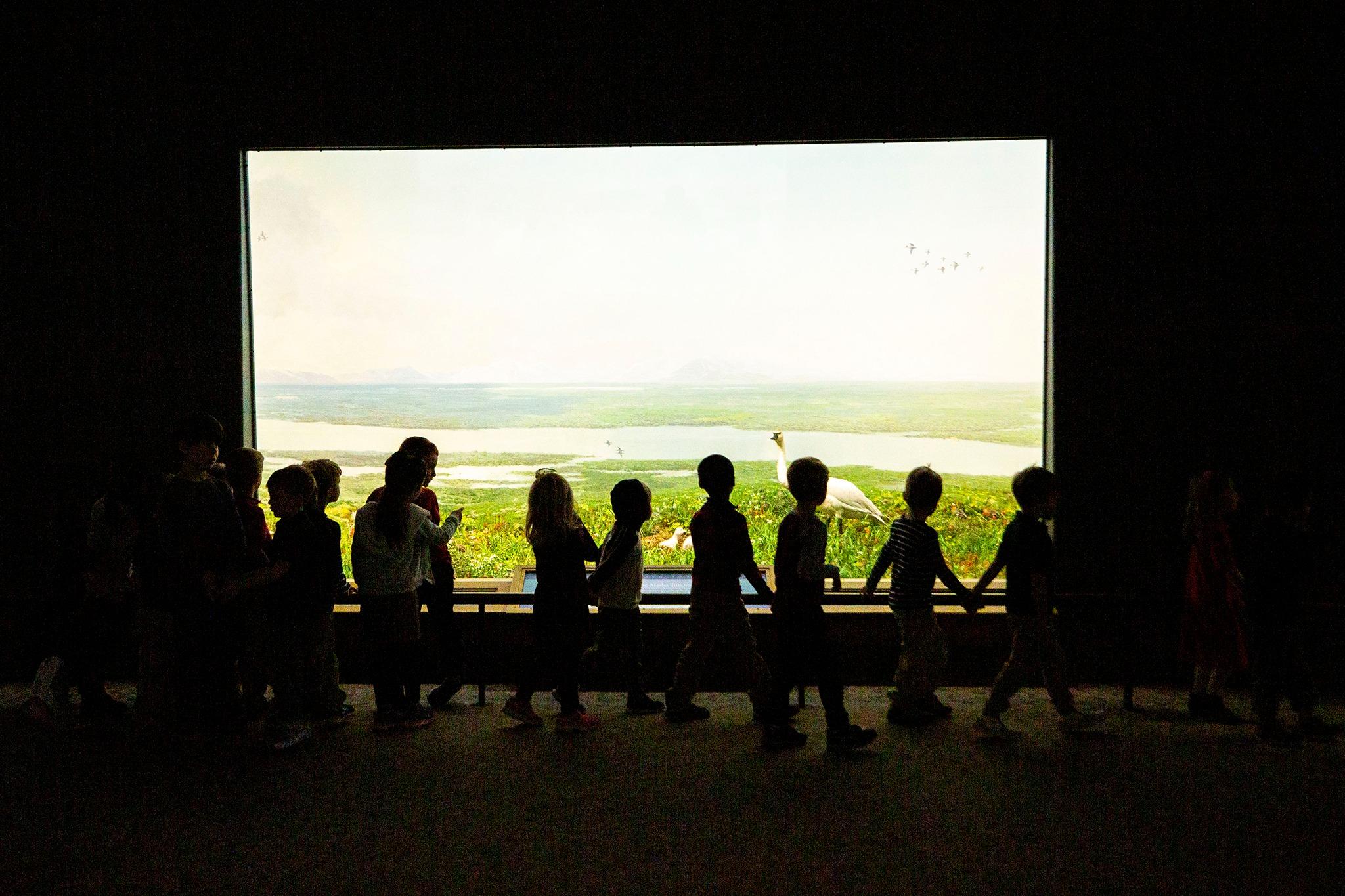
Zooming out, Colorado’s cultural sector is the fourth-largest in the nation as a proportion of total state GDP, following Nevada, Tennessee, and Florida. In 2023, statewide cultural activity generated $19.7 billion in Colorado and contributed 121,228 jobs.
According to a United States Bureau of Economic Analysis study from April 2, national arts and cultural industries grew at twice the rate of the U.S. economy, adding $1.17 trillion, or 4.2 percent of the GDP, to the economy in 2023 (the most recent year for which data are available). During this time, the study states, the cultural sector also contributed 5.4 million jobs nationwide.
Key takeaways from the CBCA’s 2025 Economic Activity Study of Metro Denver Culture
- Economic activity generated by the cultural sector grew in 2024, reaching a state record-breaking $3.12 billion, a 19.7 percent increase over 2022.
- Employment at arts, culture and scientific organizations was at an all-time high in 2024, with 14,466 jobs – a 6.8 percent increase over 2022.
- In-person attendance is nearly back to pre-pandemic levels, with 14.52 million engagements. But education outreach and school programming are at a record high.
- The economic impact of cultural tourism was up to $692 million in 2024, as a result of direct and indirect spending by audiences from outside the Denver metro area.
- Total giving to the arts was $286 million in 2024, a 34.1 percent increase over 2019, but a 2.6 percent drop from 2022.
- Organizations saw a dramatic drop in federal government funding as pandemic-related relief programs ended, but individual donations and foundation giving helped to bridge the gap.
- Corporate sponsorships increased slightly in 2024, but at a much slower pace than other types of giving.
- The Scientific and Cultural Facilities District (SCFD) continues to be the single largest funding source for arts, culture and science nonprofits in the metro region, reaching another all-time high of $85 million in distributions in 2024.
Funding the future
The SCFD is a special tax district that serves as a consistent funding source for the Metro Denver cultural sector, even in a time plagued by national cuts to arts and culture funding.
The SCFD was created and approved by Colorado’s General Assembly in 1988 and has been reauthorized by Metro Denver voters three times over the past 30 years, most recently in 2016.
One cent of every $10 in sales and use tax collected in Metro Denver goes to SCFD. The district distributes these funds to 285 arts, cultural, and scientific organizations ranging in size from volunteer-led community choruses and orchestras to internationally acclaimed museums. It is the largest contributor to cultural organizations in Metro Denver and the second-largest tax-based cultural funding mechanism in the United States, following the New York City Department of Cultural Affairs.
In 2028, the tax district will be up for reauthorization, and Denver Metro residents will vote on the issue.

“It is incumbent upon us, as a SCFD community and beyond, to think big,” said Andrea Albo, executive director of the SCFD, “and to make sure that whatever we build for reauthorization is not only going to meet the needs of today, but pave the way for the future and the generations that are counting on us.”
Editor's note: Corrections have been made to clarify the difference between SCFD's metro area data and statewide activity data. Information has also been added about BBC Research & Consulting's role in creating the study.



